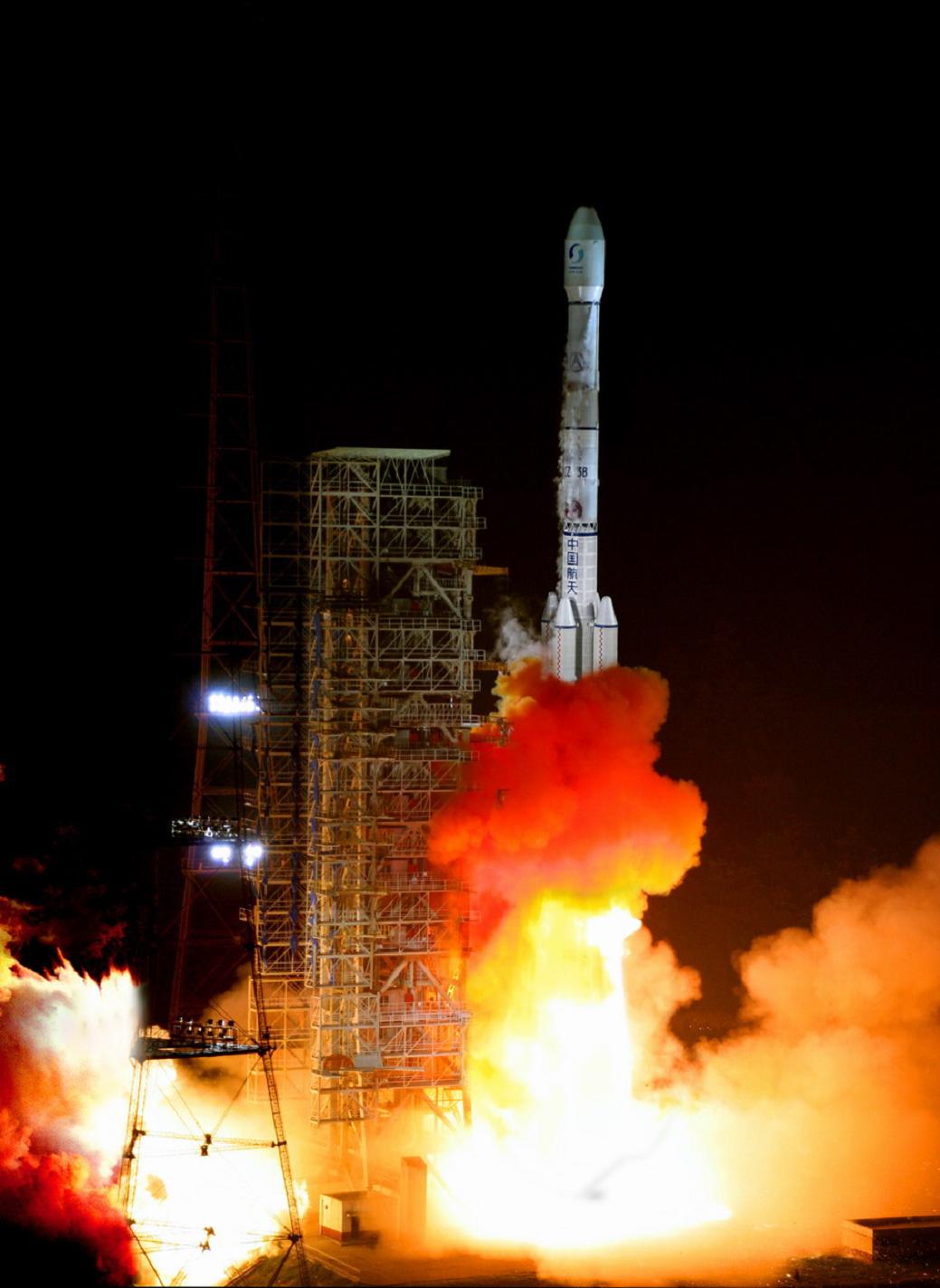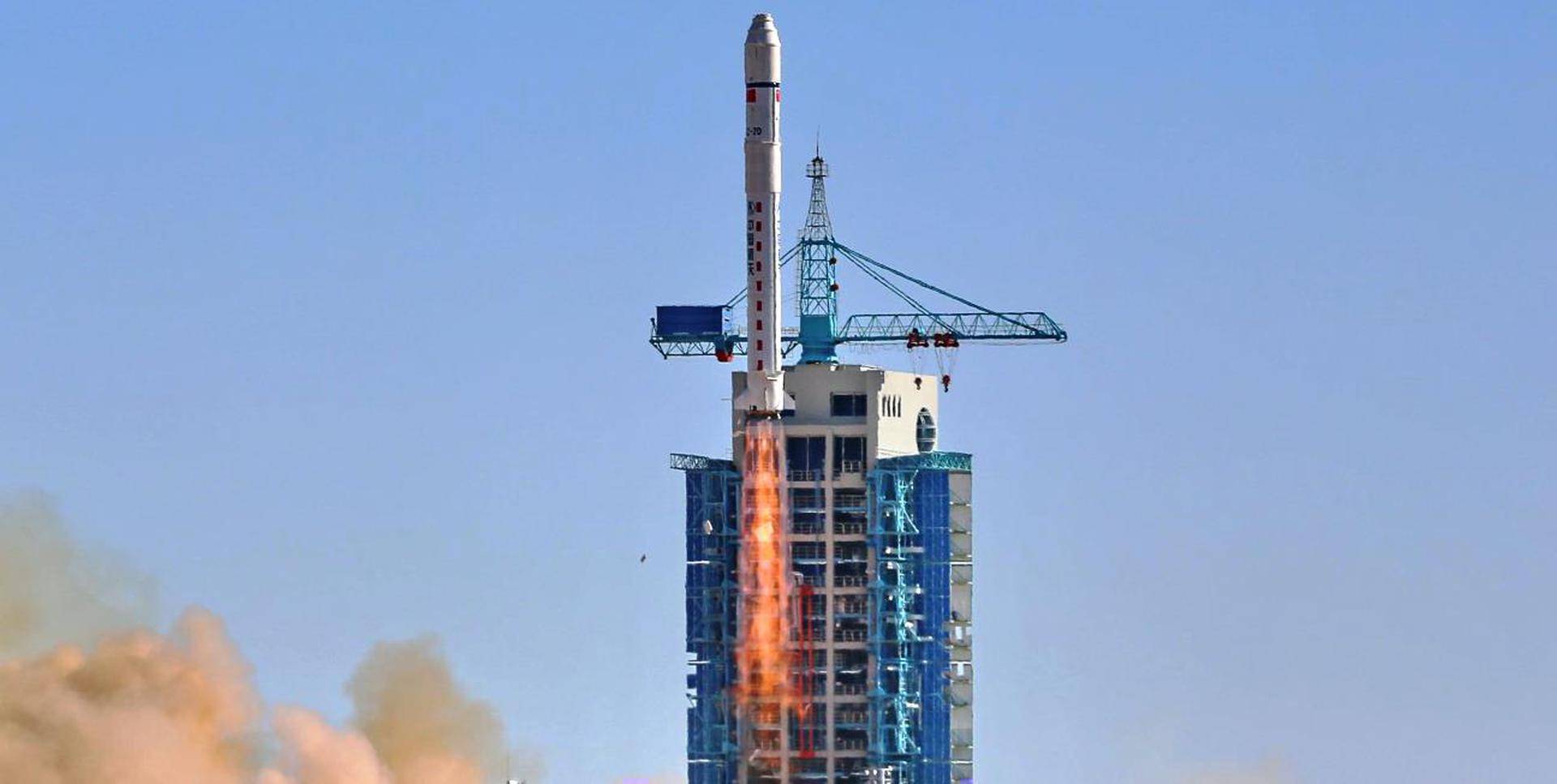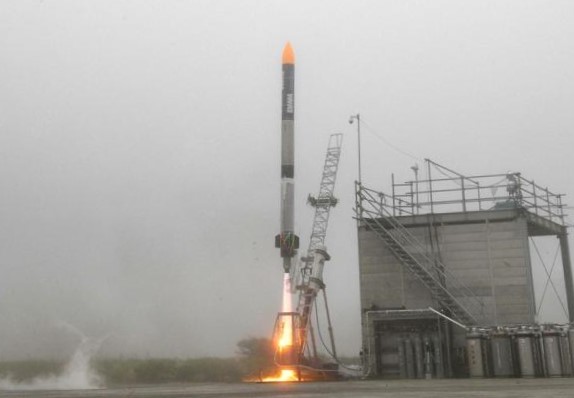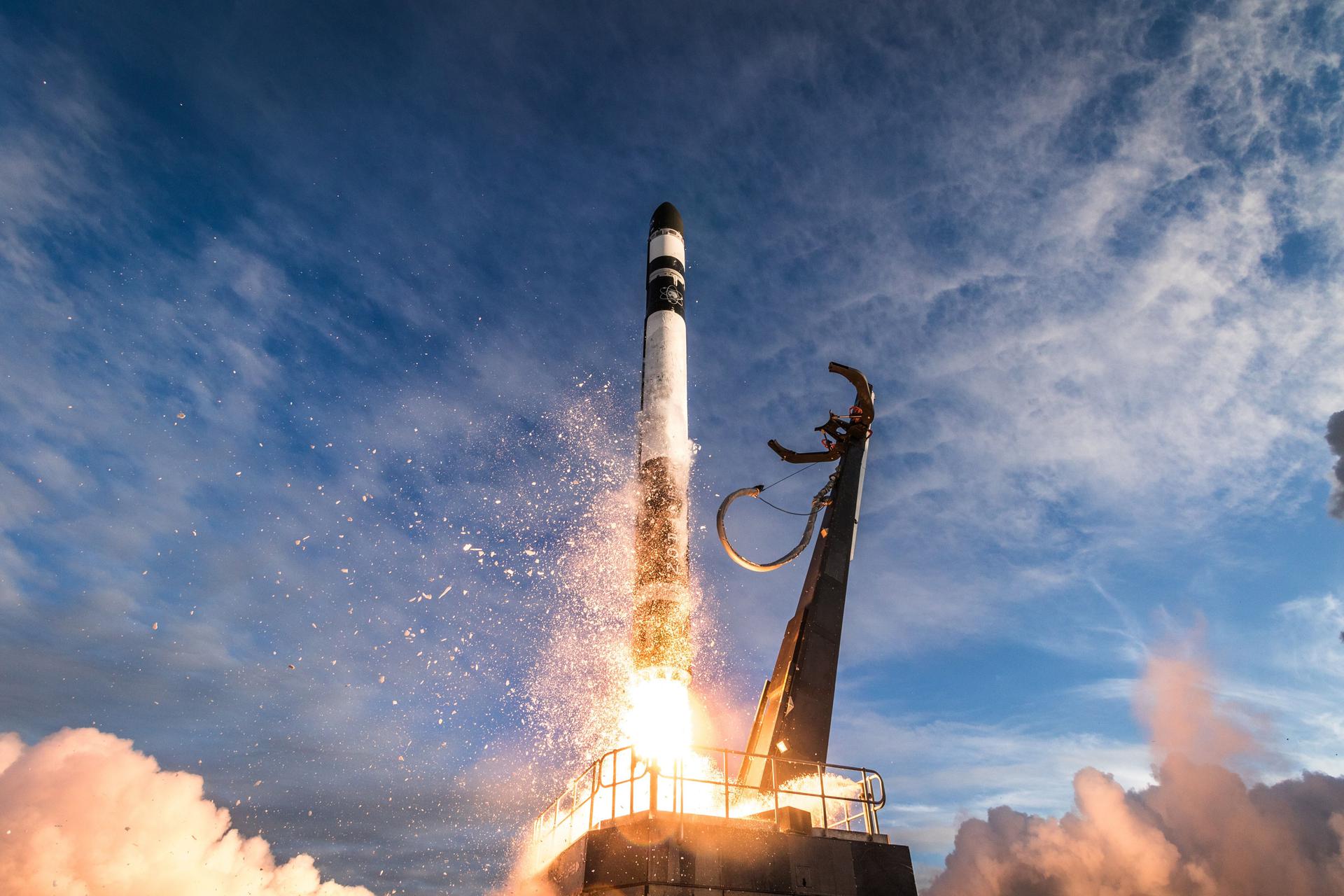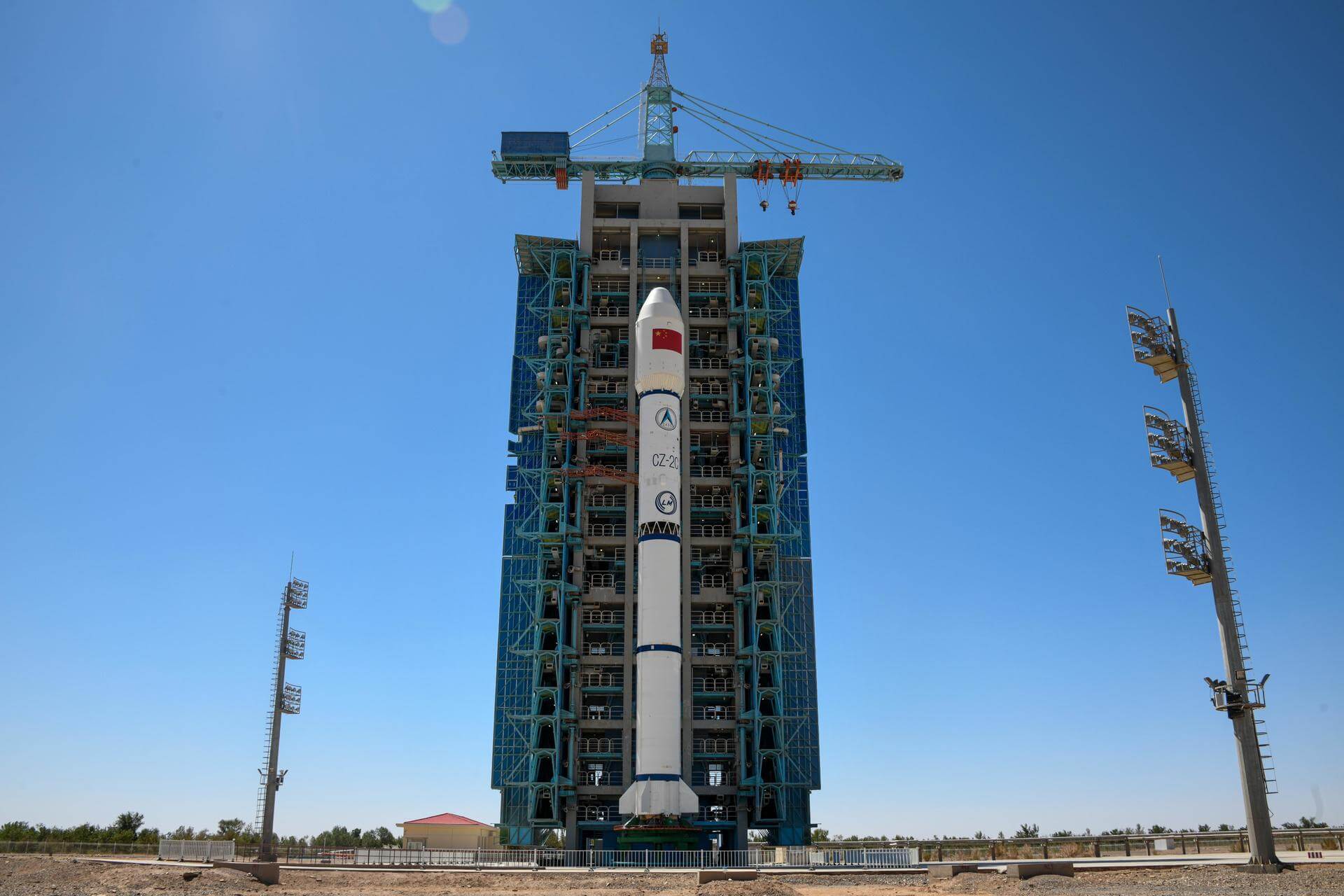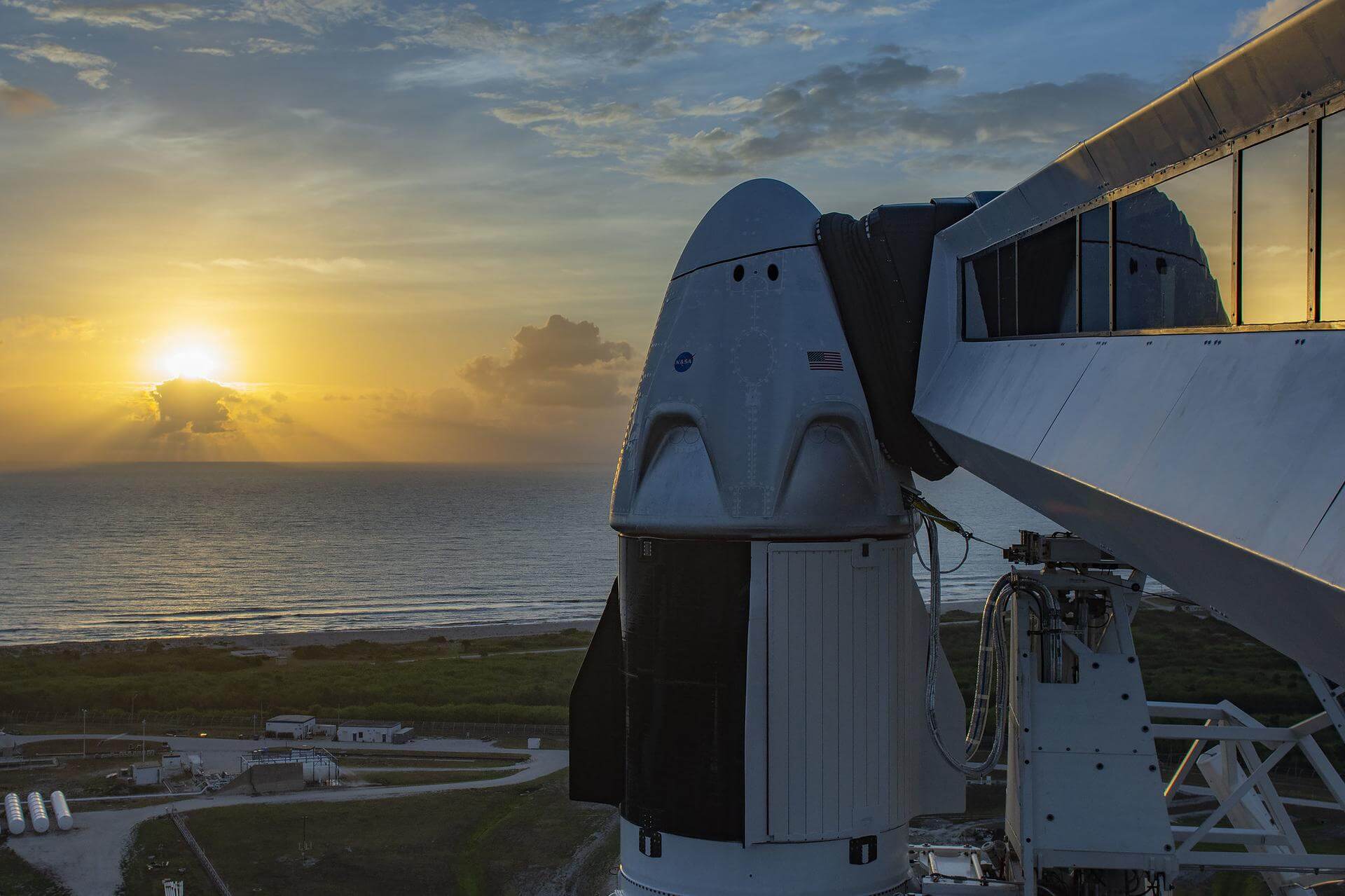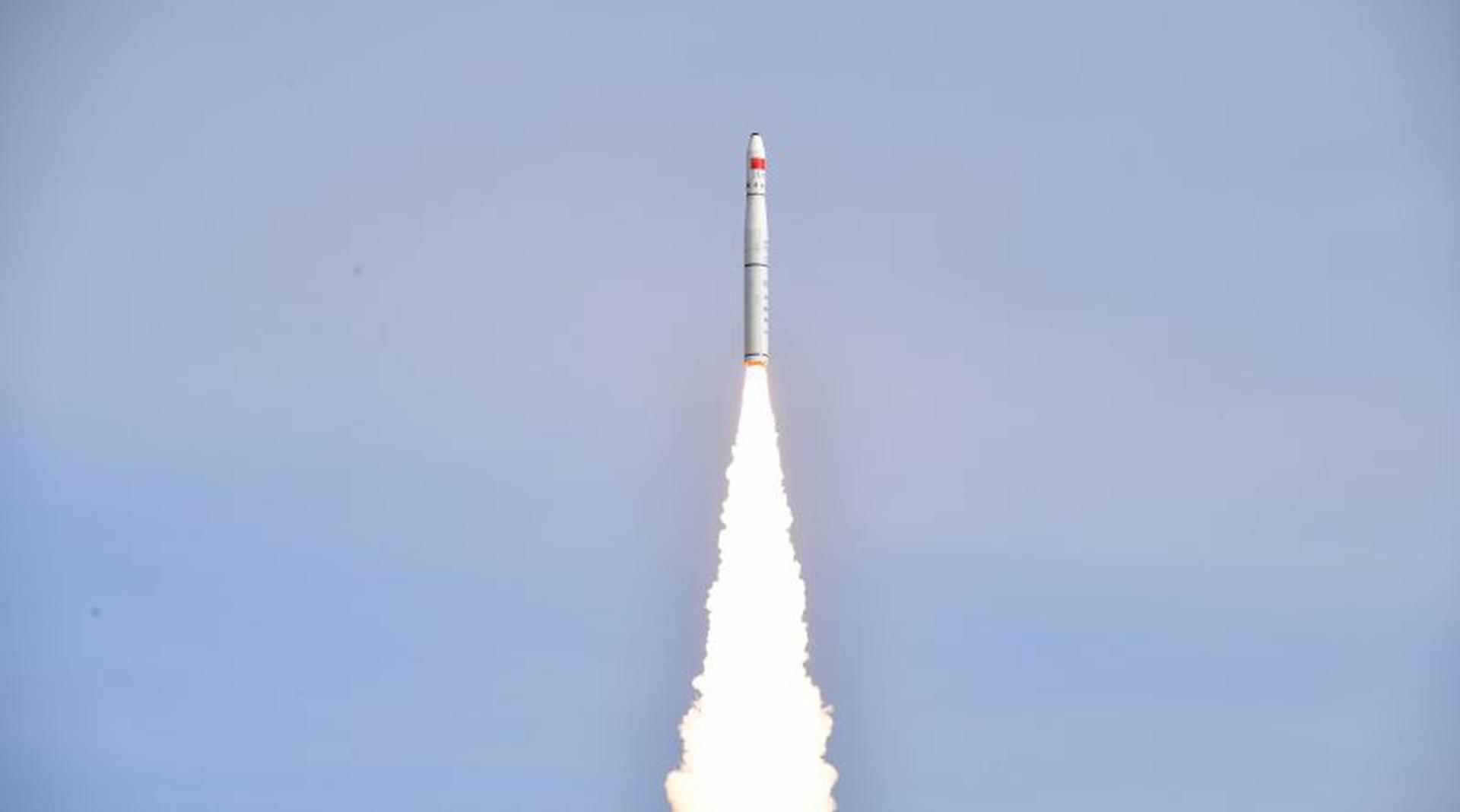Previous Spaceflight Launches
Filter by Agency, Locations or Vehicles
Show All LaunchesLong March 3B | Beidou-3 G3
China Aerospace Science and Technology Corporation | ChinaXichang Satellite Launch Center, People's Republic of China
June 23, 2020, 1:43 a.m.
Status: Launch Successful
Mission:
This satellite is a part of the geostationary component of the 3rd phase of the Chinese Beidou (Compass) satellite navigation system. It features a phased array antenna for navigation signals and a laser retroreflector and additionally deployable S/L-band and C-band antennas.
Geostationary Transfer OrbitLong March 2D | Gaofen-9-03
China Aerospace Science and Technology Corporation | ChinaJiuquan Satellite Launch Center, People's Republic of China
June 17, 2020, 7:19 a.m.
Status: Launch Successful
Mission:
Gaofen is a series of civilian Earth observation satellites developed and launched for the China High-definition Earth Observation System (CHEOS), a state-sponsored programme aimed to develop a near-real time, all-weather, global surveillance network consisting of satellite, near-space (stratosphere) airships, and aerial observation platforms.
Sun-Synchronous OrbitMOMO | Flight 5
Interstellar Technologies | JapanHokkaido Spaceport, Japan
June 13, 2020, 8:15 p.m.
Falcon 9 Block 5 | Starlink 8
SpaceX | United States of AmericaCape Canaveral SFS, FL, USA
June 13, 2020, 9:21 a.m.
Status: Launch Successful
Mission:
A batch of 58 satellites for Starlink mega-constellation - SpaceX's project for space-based Internet communication system. This launch will also carry three SkySat Earth-imaging satellites as a rideshare for Planet.
Low Earth Orbit B1059 - Flight Proven ( ) Of Course I Still Love YouElectron | Don't Stop Me Now (Rideshare)
Rocket Lab | United States of AmericaRocket Lab Launch Complex 1, Mahia Peninsula, New Zealand
June 13, 2020, 5:12 a.m.
Status: Launch Successful
Mission:
This rideshare mission carries small satellites for NASA, University of New South Wales and for NRO. The mission has been named "Don't Stop Me Now" in recognition of Rocket Lab board member and avid Queen fan Scott Smith, who recently passed away.
Sun-Synchronous OrbitLong March 2C | Haiyang 1D
China Aerospace Science and Technology Corporation | ChinaTaiyuan Satellite Launch Center, People's Republic of China
June 10, 2020, 6:31 p.m.
Status: Launch Successful
Mission:
Haiyang is a series of Chinese marine remote sensing satellites. Haiyang 1C is the follow-up of the Haiyang 1A and 1B satellites. It is intended for ocean monitoring and will be providing data on the temperature and dynamics of coastal waters and global oceans in China.
Sun-Synchronous OrbitFalcon 9 Block 5 | Starlink 7
SpaceX | United States of AmericaCape Canaveral SFS, FL, USA
June 4, 2020, 1:25 a.m.
Long March 2D | Gaofen-9-02
China Aerospace Science and Technology Corporation | ChinaJiuquan Satellite Launch Center, People's Republic of China
May 31, 2020, 8:53 a.m.
Status: Launch Successful
Mission:
Gaofen is a series of civilian Earth observation satellites developed and launched for the China High-definition Earth Observation System (CHEOS), a state-sponsored programme aimed to develop a near-real time, all-weather, global surveillance network consisting of satellite, near-space (stratosphere) airships, and aerial observation platforms.
Sun-Synchronous OrbitFalcon 9 Block 5 | SpX-DM2 (Demonstration Mission 2)
SpaceX | United States of AmericaKennedy Space Center, FL, USA
May 30, 2020, 7:22 p.m.
Status: Launch Successful
Mission:
A new era of human spaceflight is set to begin as American astronauts once again launch on an American rocket from American soil. The Demo-2 mission is the second test flight of Crew Dragon, and the first flight with crew onboard. It will carry NASA astronauts Robert Behnken and Douglas Hurley to the International Space Station for an extended stay (the specific mission duration will be determined once on station based on the readiness of the next commercial crew launch). They will perform tests on Crew Dragon in addition to conducting research and other tasks with the space station crew. As the final flight test for SpaceX, this mission will validate the company’s crew transportation system, including the launch pad, rocket, spacecraft, and operational capabilities. This also will be the first time NASA astronauts will test the spacecraft systems in orbit. The Demo-2 mission will be the final major step before NASA’s Commercial Crew Program certifies Crew Dragon for operational, long-duration missions to the space station. Current Mission Status: After a successful ride to orbit and stay at the International Space Station, the Dragon Spacecraft successfully made its way back to Earth. Capsule successfully landed in the Gulf of Mexico waters on 3rd August 2020 at 18:48 UTC.
Low Earth Orbit #LaunchAmerica B1058 - Maiden Flight Of Course I Still Love YouLong March 11 | XJS-G & XJS-H
China Aerospace Science and Technology Corporation | ChinaXichang Satellite Launch Center, People's Republic of China
May 29, 2020, 8:13 p.m.
